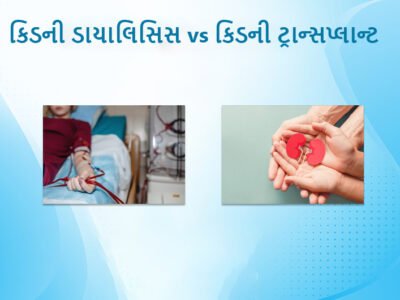The authenticity of information containing data is innate to the human mind. Now, what is the relevance of that line to the subject of urinary tract infection? Well, let us find out through some data.
150 million is the approximate number of UTI cases incidents every year globally. 6 billion US Dollars is the amount of money spent annually to cure it. 40 and 12 is the percentage of women and men respectively who experience at least one symptomatic UTI during their life. And again 40 are the percent of affected women who show recurrent UTI.
The basic “underlying” hint from the above data is obviously that, though being a very common medical complication, UTI is still a condition that is to be understood as a common thing, and those basic questions are to be asked.
What is UTI?
Urinary tract infection is a general term for infections in the upper and lower urinary tract which mainly include kidney infection (pyelonephritis), bladder infection (cystitis), or urethra infection (urethritis). UTI is common in females of the age group 25-45 because of two factors: Sexual exposure and menstrual hygiene. These factors are so because in females’ the urethral passage is small and is near to the genital organs due to which bacteria is transmitted easily and UTI is caused.
What are the symptoms of UTI?
- Burning sensation while urinating.
- Increase in urinating frequency.
- Fever
- Flank pain
- Nausea
- Pain in lower abdomen.
- Blood in urine.
How is UTI diagnosed?
- Urinalysis can show: –
a) Leukocyte esterase- indicates white blood cells presence in urine.
b) Nitrates –indicates the presence of gram-negative bacteria.
- Urine microscopy shows: –
a) Pyuria indicates inflammation
b) Hematuria- Red blood cells presence
- Urine culture gives: –
a) Definitive diagnosis
b) Indication of 10^5 colony-forming /milliliter of uropathogen.
What is recurrent urinary tract infection?
It is a three-culture proven urinary tract infection within one year or two within six months. It is necessary for it to be diagnosed by a urine culture to make sure that it is truly a bacterial urinary tract infection.
What are the treatments for UTI?
- For lower urinary tract infection: –
3-7 days of taking antibiotics such as trimethoprim, nitrofurantoin, amoxicillin, and amoxicillin-clavulanic acid. These antibiotics are prescribed in accordance with the type of bacteria causing UTI.
- For complicated urinary tract infection: –
10-14 days of taking antibiotics and repeated diagnosis with urine culture.
What are the preventions of urinary tract infections?
- Drink enough water to the extent that your urine color is light to clear. This indicates that your bladder is continuously fleshing everything out to prevent the colonization of bacteria.
- Don’t hold your urine for too long. This is again to not give any form of bacteria time to colonize.
- Always wipe from the upper part of the vagina to the back of the anus and not vice versa.
- Try to maintain hygiene during intercourse and always urinate after completion.
- Switch to cotton underwear to increase ventilation so that tissues will have more supply of white blood cells.
- Try to avoid sanitary pads during periods.
- Get educated about UTI which mainly includes knowing the symptoms so that a doctor can be consulted at the earliest hour.
In conclusion
Remember, urinary tract infections should never be taken lightly. Timely intervention and the guidance of a Kidney specialist like Dr. Ravi Bhadania can make a significant difference in your overall health and quality of life. Schedule a consultation with Dr. Ravi Bhadania today and embark on a path to optimal urinary tract health and well-being. Your journey to recovery and vitality starts here at Alfa Kidney Care.

